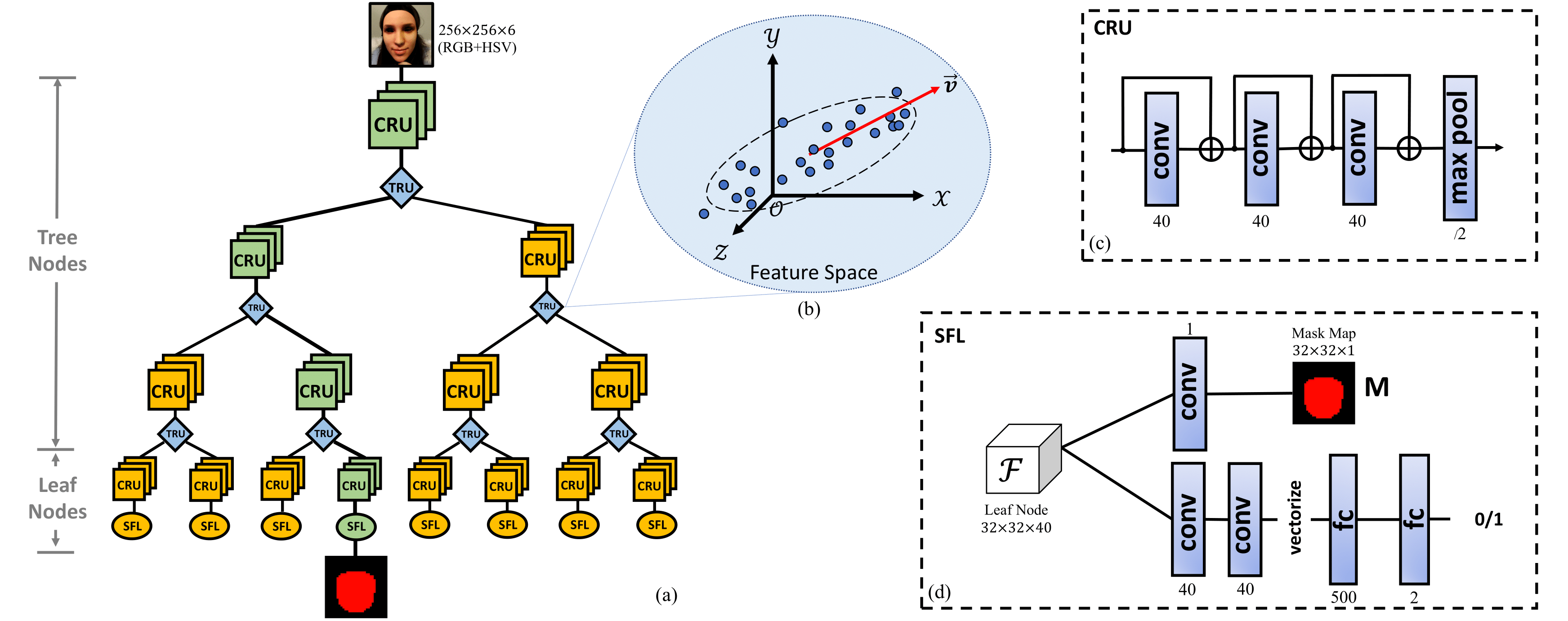Traceback (most recent call last):
File "/home/littlea/CVPR2019-DeepTreeLearningForZeroShotFaceAntispoofing/train.py", line 48, in
main()
File "/home/littlea/CVPR2019-DeepTreeLearningForZeroShotFaceAntispoofing/train.py", line 46, in main
model.train(dataset_train, None)
File "/home/littlea/CVPR2019-DeepTreeLearningForZeroShotFaceAntispoofing/model/model.py", line 229, in train
self.train_one_step(next(it), global_step, True)
File "/home/littlea/CVPR2019-DeepTreeLearningForZeroShotFaceAntispoofing/model/model.py", line 288, in train_one_step
depth_map_loss = leaf_l1_loss(dmap_pred, tf.image.resize(dmap, [32, 32]), leaf_node_mask)
File "/home/littlea/CVPR2019-DeepTreeLearningForZeroShotFaceAntispoofing/model/loss.py", line 50, in leaf_l1_loss
loss = tf.reduce_mean(tf.reshape(tf.abs(x-y), [xshape[0], -1]), axis=1)
File "/home/littlea/anaconda3/envs/tensorflow/lib/python3.7/site-packages/tensorflow/python/ops/gen_array_ops.py", line 7715, in reshape
"Reshape", tensor=tensor, shape=shape, name=name)
File "/home/littlea/anaconda3/envs/tensorflow/lib/python3.7/site-packages/tensorflow/python/framework/op_def_library.py", line 530, in _apply_op_helper
raise err
File "/home/littlea/anaconda3/envs/tensorflow/lib/python3.7/site-packages/tensorflow/python/framework/op_def_library.py", line 527, in _apply_op_helper
preferred_dtype=default_dtype)
File "/home/littlea/anaconda3/envs/tensorflow/lib/python3.7/site-packages/tensorflow/python/framework/ops.py", line 1224, in internal_convert_to_tensor
ret = conversion_func(value, dtype=dtype, name=name, as_ref=as_ref)
File "/home/littlea/anaconda3/envs/tensorflow/lib/python3.7/site-packages/tensorflow/python/framework/constant_op.py", line 305, in _constant_tensor_conversion_function
return constant(v, dtype=dtype, name=name)
File "/home/littlea/anaconda3/envs/tensorflow/lib/python3.7/site-packages/tensorflow/python/framework/constant_op.py", line 246, in constant
allow_broadcast=True)
File "/home/littlea/anaconda3/envs/tensorflow/lib/python3.7/site-packages/tensorflow/python/framework/constant_op.py", line 284, in _constant_impl
allow_broadcast=allow_broadcast))
File "/home/littlea/anaconda3/envs/tensorflow/lib/python3.7/site-packages/tensorflow/python/framework/tensor_util.py", line 562, in make_tensor_proto
"supported type." % (type(values), values))
TypeError: Failed to convert object of type <class 'list'> to Tensor. Contents: [Dimension(None), -1]. Consider casting elements to a supported type.


